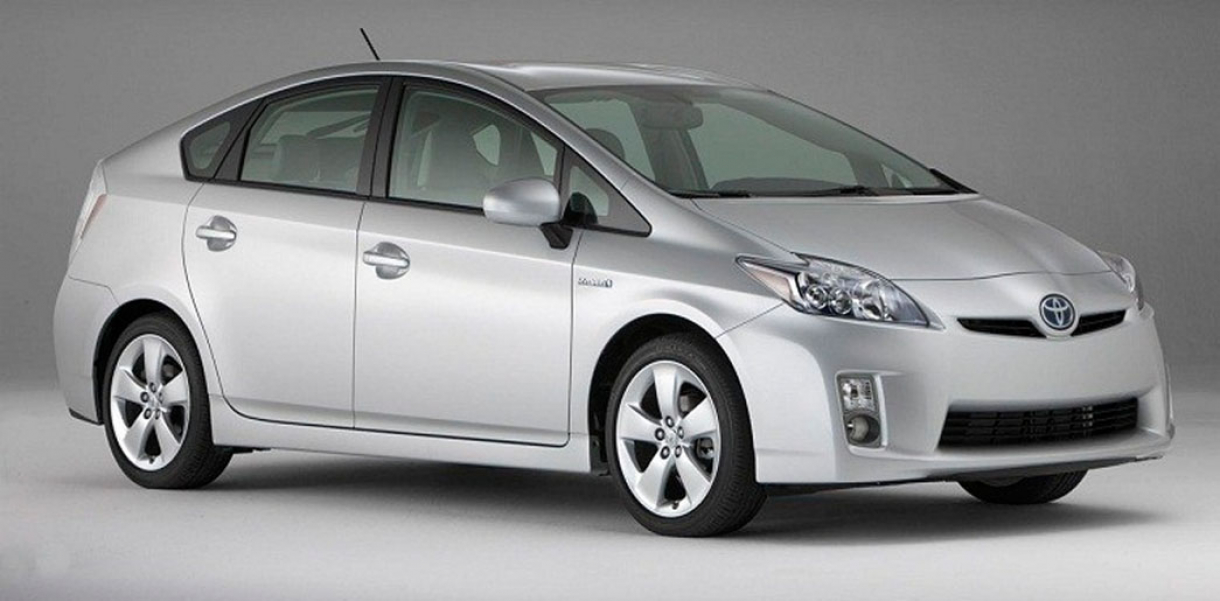GUARANÁ POWER contains original Maués guaraná for energy and empowerment.
How did this design improve life?
Superflex reports that farmers in the Brazilian Amazon have seen the price they receive for guaraná fall by 80%, while the cost of their products to the consumers has risen.
The concept and production of GUARANÁ POWER helps the local farmers organize themselves in response to the activities of multinational corporations. Thus helps the farmers to earn a living and make a better life for themselves.
In its praxis, Superflex shows us all that we can contribute to the struggle for global justice. Superflex’s work is not against globalization. Rather it seeks to bring the benefits of globalization to more people.
Ultimately consumers around the world can enjoy a delicious and tasteful product.
Drawbacks of life improvement
(Words by Anupam Chander)
Confronting International Trademarks—and Intellectual Property Law
Does the Guaraná Power label infringe on AmBev’s trademark? There is reason to argue that it does not. First, the Guaraná Power label likely does not infringe the trademark directly because there is little likelihood that consumers will be confused. Will Guaraná Power's label lessen the capacity of the Antarctica brand to distinguish the product to which it refers? This seems unlikely. The Guaraná Power label distinguishes itself from the Antarctica mark through the photo of local peoples and the plastering over of the Antarctica mark. Moreover, there may be a argument of fair use because Guaraná Power parodies the Antarctica label by emphasizing how Guaraná Power empowers both the drinkers (through the caffeine) and the farmers (through their participation in the production process), while the Antarctica brand only empowers the drinkers.
The Guaraná Power label sends a clear message: Buy the "people's brand" rather than a corporate brand. That message neither confuses nor dilutes; it is sharp and clear.
Research and need
(Words By Anupam Chander is Professor of Law, University of California, Davis, and Visiting Professor, Stanford Law School)
Can artists assist local communities challenge multinational corporations?
Superflex hope to use their art to remake international commerce. They begin with a highly caffeinated drink named “Guaraná Power.” But first we should pause to reflect on the international legal-economic landscape that Superflex seeks to reshape.
The Tilt in the International Intellectual Property Landscape
Developing nations have long borrowed knowledge from others. Between 1790 and 1836, the United States refused to grant patents to foreigners. It wasn’t till near the close of the Twentieth Century that the United States subscribed to the international copyright treaty—the Berne Convention (see IPR Commission Report, Ch. 1, available at www.iprcommission.org).
But international law now bans—under pain of international sanctions—this free borrowing across borders for today’s developing nations. The Agreement on the Trade-Related Aspects of Intellectual Property Rights, better known as “TRIPS,” establishes two important legal principles: (1) countries that belong to the World Trade Organization must protect intellectual property in specific ways; and (2) such countries must treat foreigners equally to their own nationals (the “national treatment” obligation).
Yet, the free borrowing still continues—at least with respect to classes of information and knowledge that Western intellectual property considers part of the public domain. The traditional knowledge held in ancient communities and the biological diversity of the tropics remain open for global exploitation. Meanwhile, the technology and cultural products of the industrialized nations are often locked up in corporate hands, available for licensing only to those who can afford to pay.
The result is an international intellectual property regime that is sharply tilted in favor of the developed world. The intellectual products held in the developing world rest in a global public domain, while the intellectual products of the developed world are held closely by corporations. It is a strange world, indeed, where technology and resources flow for free from poorer to richer states, rather than from richer to poorer. (For background, see Anupam Chander & Madhavi Sunder, The Romance of the Public Domain, California Law Review (2004).)
A Berry Goes Global
Multinational corporations are well-positioned to take advantage of this global public domain. For its part, the huge international beverage industry seeks to find inspiration for new drinks worldwide.This leads us to the Amazon, where the guaraná berry has long grown. Indigenous peoples discovered that this berry held a high concentration of caffeine. Guaraná has long been used to make a popular drink—handy to keep carnival revelers awake through the night.
Brazilian companies have commercialized guaraná-based drinks for the better past of the last century. The two main Brazilian companies with guaraná drinks—Antarctica and Brahma—merged in 2000 to create AmBev. In turn, AmBev announced this spring that it will combine with Dutch beverage giant Interbrew to form an even bigger multinational corporation.
Recently, other multinational companies too have seen the global potential in this potent berry. PepsiCo introduced its own guarana soft drink in the United States in the mid-1990s but eventually withdrew it, opting in 1999 to distribute AmBev’s Antarctica soda worldwide. Not to be left behind, Coca-Cola launched its own guaraná drink, named “Kuat” after an Amazonian tribal sun god. There is a notable fondness for almighty names—“Brahma” was named after the Hindu deity.
The Effect on Local Communities
While globalization might be seen as a boon because it expands markets, the community in which guaraná originated, however, is worried about the increasing popularity of guaraná. Rather than benefit from the increased demand, they may lose as the buyers of their berries become ever more concentrated in one or two multinational corporations. As the number of buyers dwindle, the local farmers’ bargaining position deteriorates. Thus, this community, centered in the town of Maués in the Brasilian Amazon, has seen its position become progressively more precarious.
Designed by
SUPERFLEX. Superflex consists of Rasmus Nielsen, Jakob Fenger and Bjørnstjerne Christiansen - Denmark






